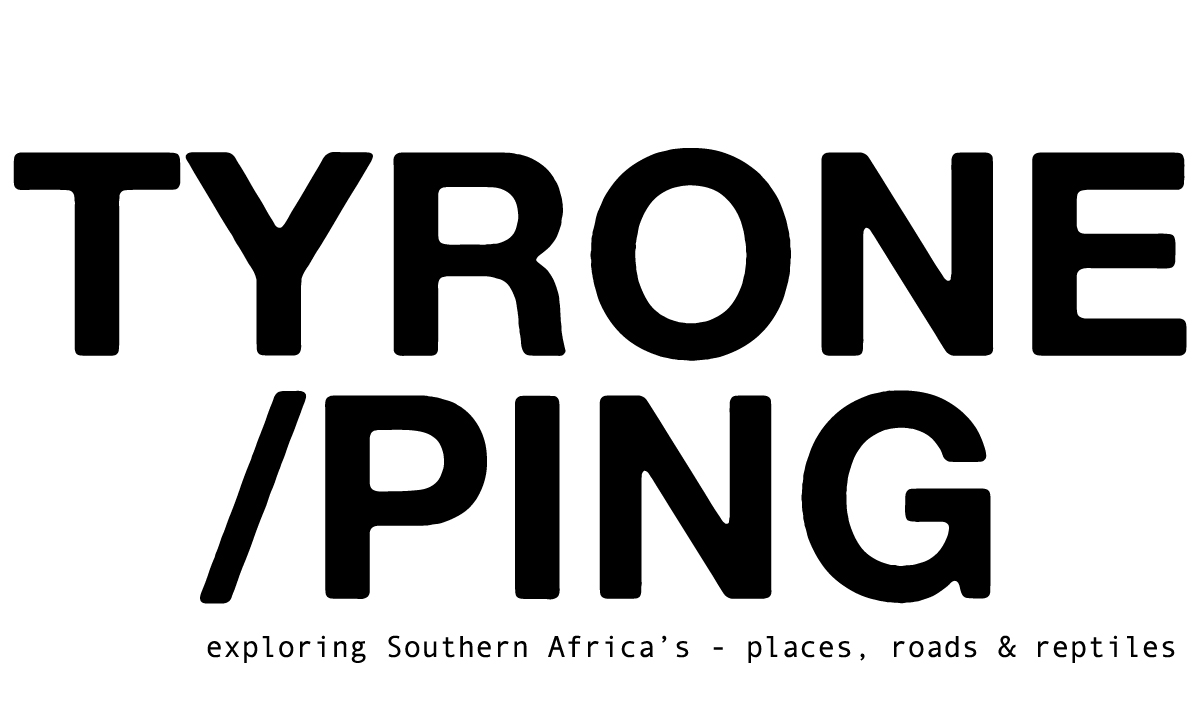Over the last 9 days a friend Theo Busschau and I ventured into some of Kwa-Zulu Natal, South Africa’s lesser explored Nature Reserves and historical records looking for two specific species.
Afroedura pondolia – Pondo Flat Gecko.
Leptotyphlops sylvicolus – Southern Forest Thread Snake.
The major issue is some records were over 35years old and landscapes change, developments occur and species move in and out of areas. Not to mention new fences and unwilling landowners – regardless we had good success.
Here are most of the animals we encountered in over 6 localities and an around 1200kms later. Two new species of reptiles I’d never seen in my home ground is always great.
Afroedura nivaria – Drakensberg Flat Gecko.
Afroedura pondolia – Pondo Flat Gecko.
Agama aculeata distanti – Eastern Ground Agama
Arthroleptis wahlbergii – Bush Squeaker.
Bradypodion caeruleogula – uMlalazi Dwarf Chameleon.
Bradypodion melanocephalum – Kwa-Zulu Dwarf Chameleon.
Bradypodion nemorale – Qudeni Dwarf Chameleon
Boaedon capensis – Brown House Snake
Cacosternum nanum – Bronze Caco.
Crotaphopeltis hotamboeia – Herald Snake.
Scelotes inornatus – Durban Dwarf Burrowing Skink.
Kassina senegalensis – Bubbling kassina.
Scelotes mossambicus – Mozambique Dwarf Burrowing Skink.
Schismaderma carens – Red Toad.
Leptotyphlops sylvicolus – Southern Forest Thread Snake.
Phrynobatrachus mababiensis – Dwarf Puddle Frog
We first set out to a historic point to look for Afroedura pondolia – Pondo Flat Geckos but immediately I took one look at the habitat and knew we were not going to find any of these geckos. Historic records where no voucher specimens exist are always touch and go and it seems this was a misidentified animal or perhaps back when both species were classified as the same animal.
In a small rock crevice, I spotted around eight geckos and after a little persuasion managed to retrieve 5 or so Afroedura nivaria – Drakensberg Flat Gecko which look similar but a few obvious differences.
Adult:


Juvenile Afroedura nivaria – Drakensberg Flat Gecko
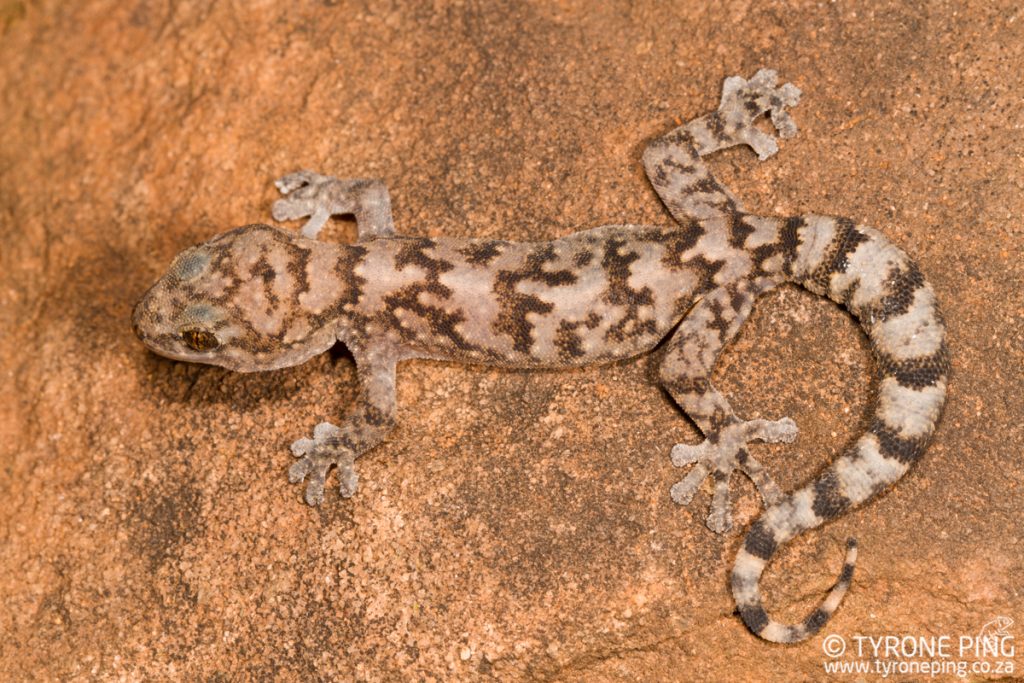

Soon after we looked at another location some 200kms away but was unsuitable but managed to see a single Arthroleptis wahlbergii – Bush Squeaker. which would soon become a regular sighting at all the sights we visited.
A common frog favouring the damp dense leaf litter of the forests.
Arthroleptis wahlbergii – Bush Squeaker.
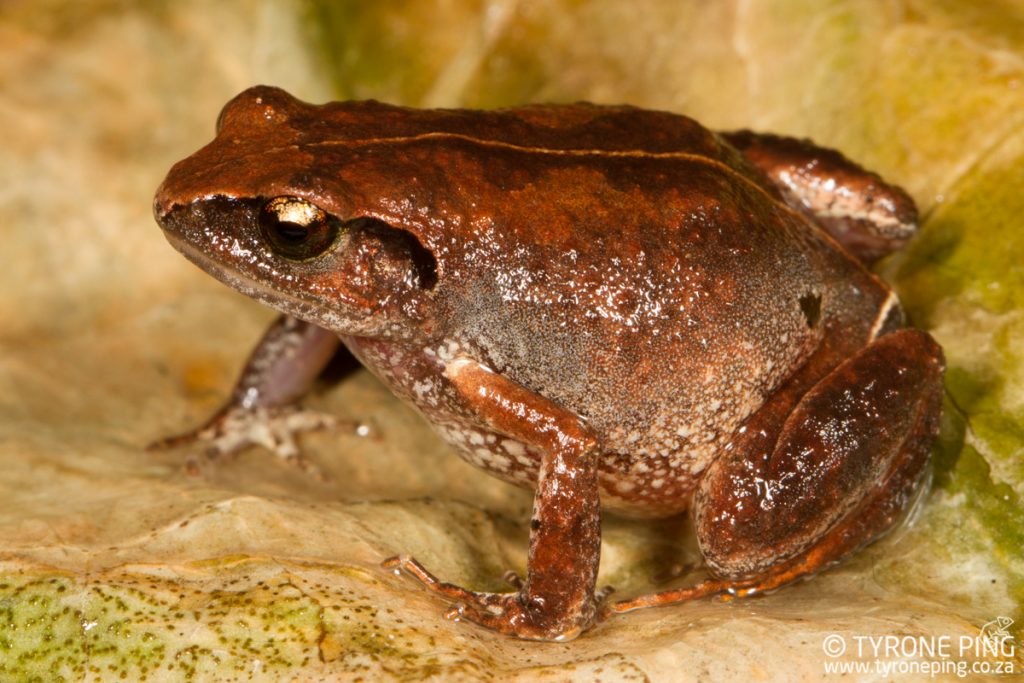
Another known sight we ventured to for Afroedura pondolia – Pondo Flat Geckos produced.
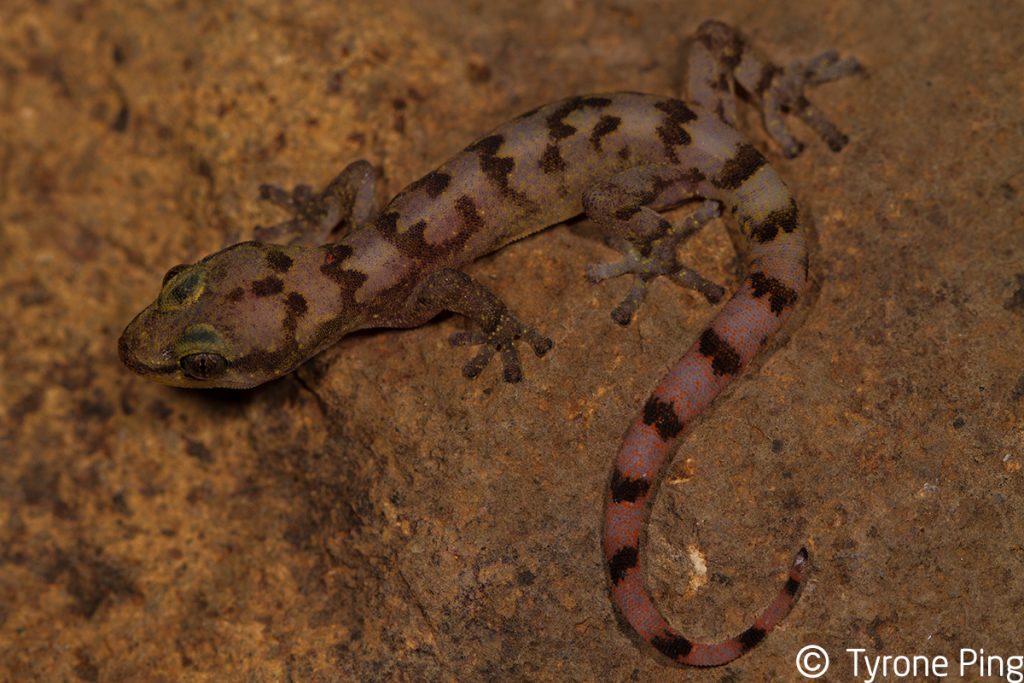
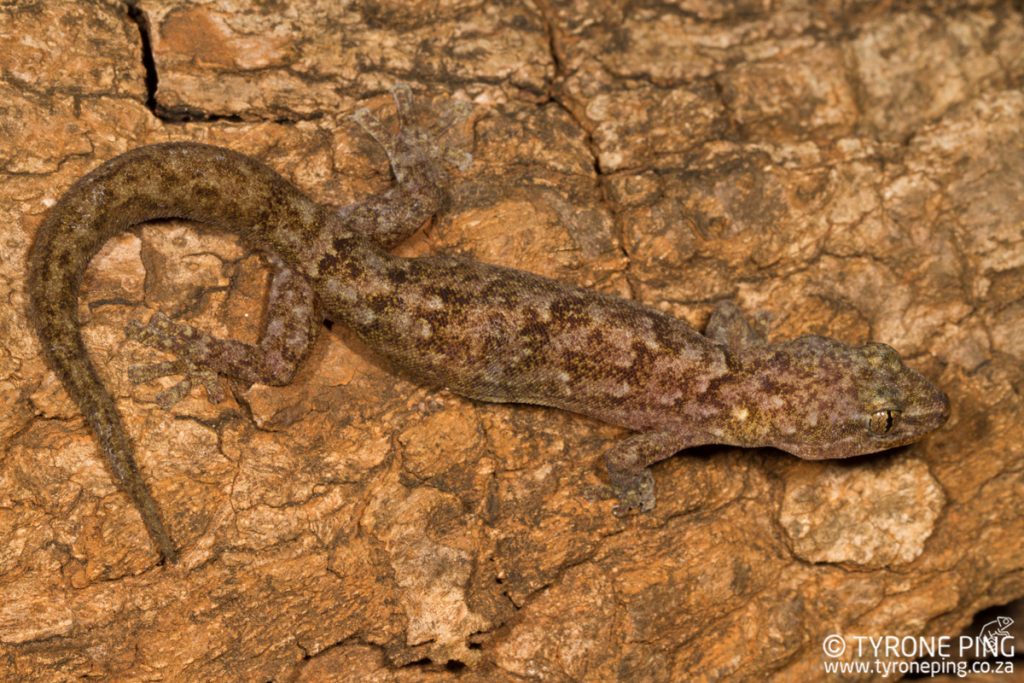

Another site we looked into from historical records was reduced to ruin and we managed a single specimen under some old plastered walls Afroedura pondolia – Pondo Flat Geckos


Being in a few area (somewhere I don’t usually herp) we scratched around on a hunch I had about and it paid off!Scelotes inornatus – Durban Dwarf Burrowing Skink.. Is a critically endangered species threatened mainly by urban developed and habitat fragmentation. Occurring in a narrow strip along the coast this was a welcomed sight.
Scelotes inornatus – Durban Dwarf Burrowing Skink.


Durban Dwarf Burrowing Skink (Scelotes inornatus)
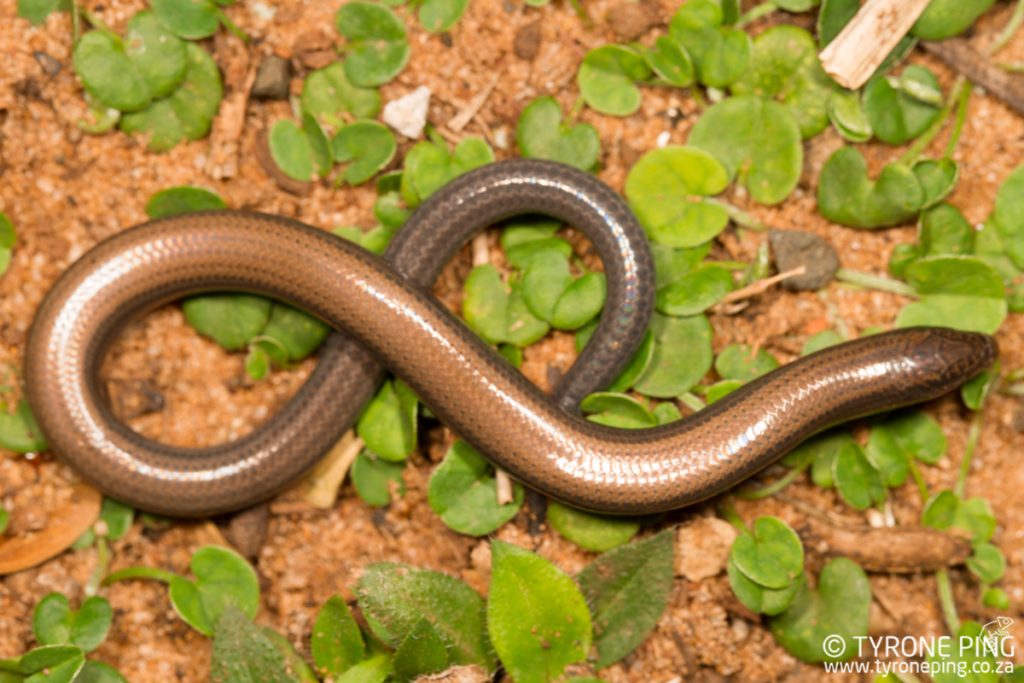
Durban Dwarf Burrowing Skink (Scelotes inornatus)

Showing lack of limbs.
Back to on the geckos, we searched a new area know to have the Afroedura pondolia – Pondo Flat Geckos. But was not on our records and we found several.
Specimen with some interesting discoluration/scarring.

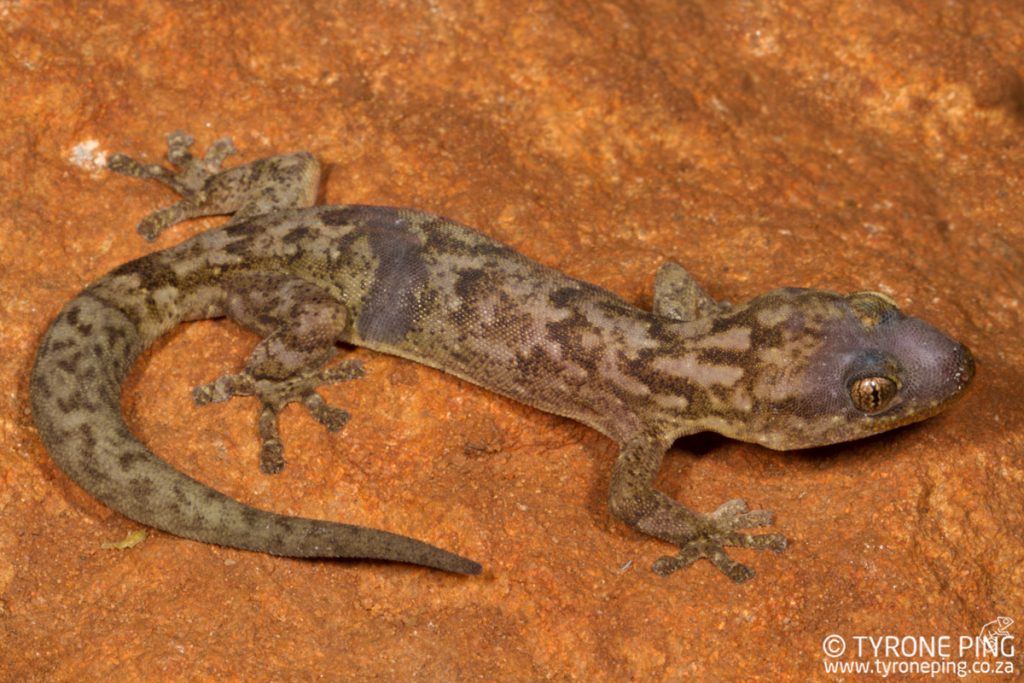
Afroedura pondolia
Female with large calcium deposits on either side of the neck.

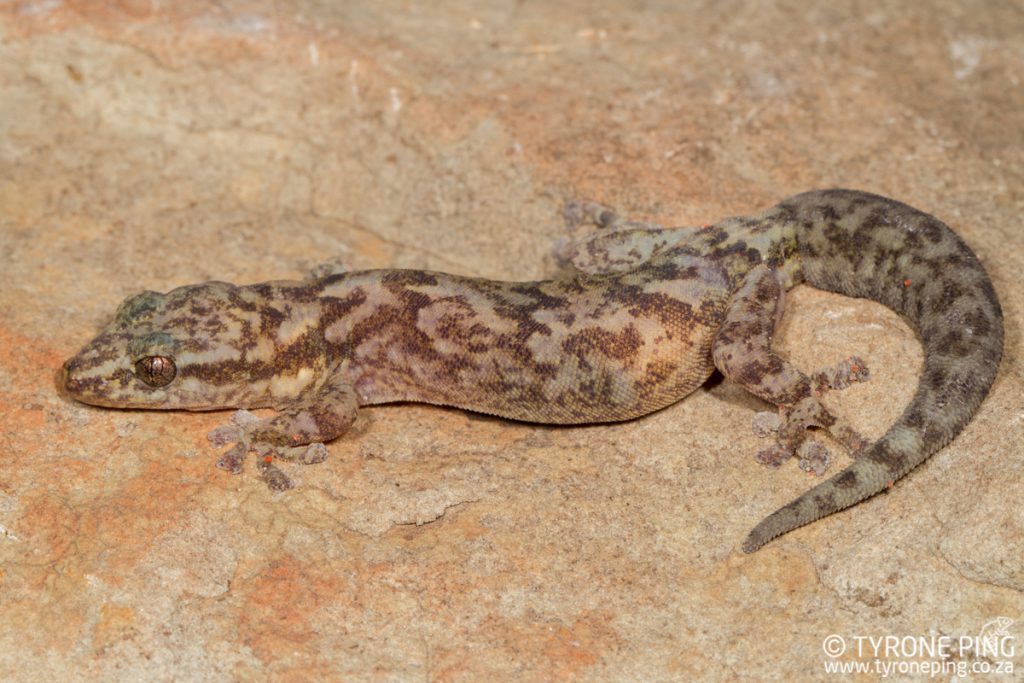

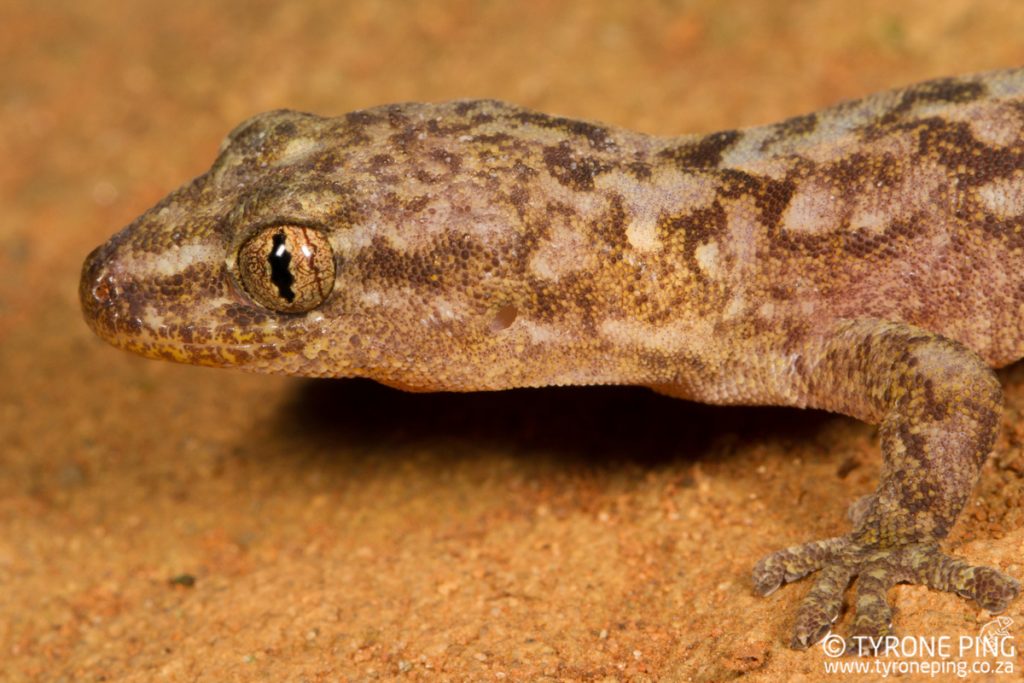
Arthroleptis wahlbergii – Bush Squeaker.
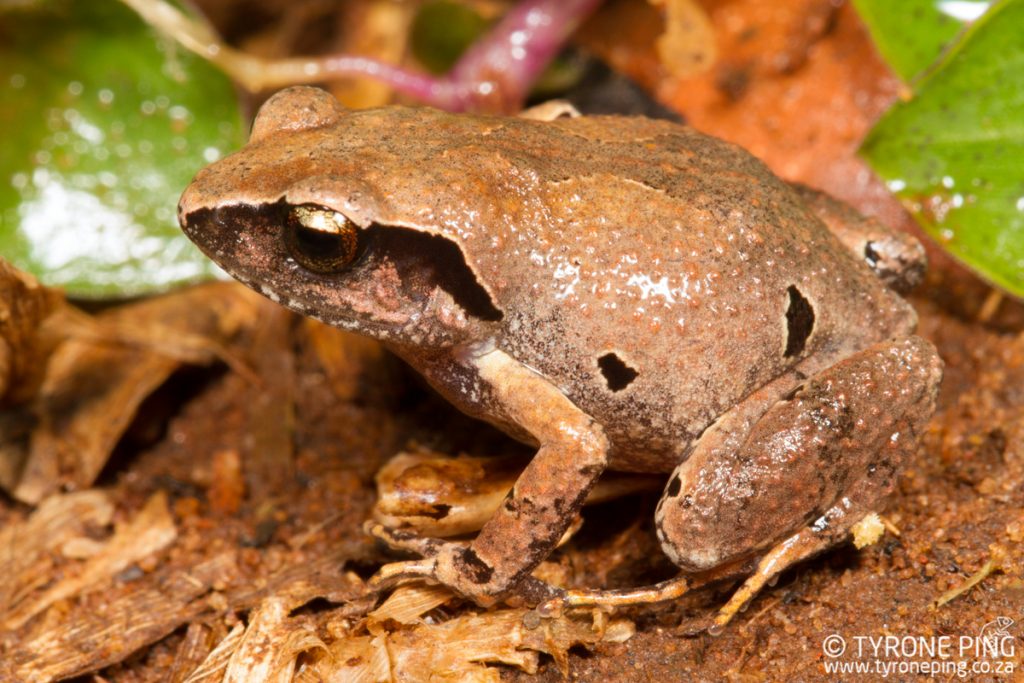
Arthroleptis wahlbergii
Afroedura pondolia – Pondo Flat Geckos


A species not uncommon in my own garden at home.
Bradypodion melanocephalum – Kwa-Zulu Dwarf Chameleon.
Our efforts now moved 200kms North in search of yet again more
Afroedura pondolia – Pondo Flat Gecko. and Leptotyphlops sylvicolus – Southern Forest Thread Snake. But with a severe storm front moving in our plans to camp had to change. We made some last minute calls and found some “backpacking” accommodation which turned out to be an outside shed with no windows/lights or bedding so we made a swift exit! Only to find a more than suitable bed and breakfast just up from the town – good life choices!
We searched for a few hours at this new location but found no signs of reptiles in this usual great herping spot. We then decided to drive inland some 50kms to search in the forests for the Leptotyphlops sylvicolus – Southern Forest Thread Snake. – this after hours again failed miserably without seeing a single specimen.
Habitat
By nightfall I had decided we shall find some Bradypodion (which I saw some years back) where they’re known from only a few small forests.
Bradypodion caeruleogula – uMlalazi Dwarf Chameleon.
A stunning chameleon occupying dense forests and often high up in the tree canopy.
Juvenile:

Bradypodion caeruleogula
Another young Bradypodion caeruleogula – uMlalazi Dwarf Chameleon.

Finally a gorgeous adult Bradypodion caeruleogula – uMlalazi Dwarf Chameleon.
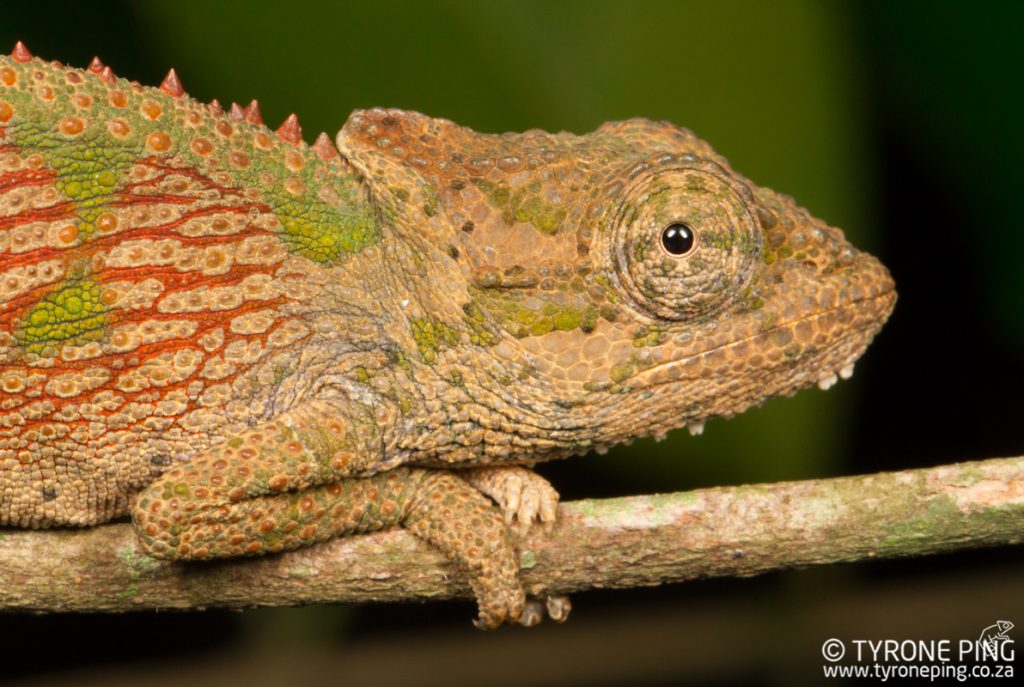
Bradypodion caeruleogula

Then the rains came and we proceeded to get back to our rather plush accommodation (we were grateful for in the bad weather).
With time now running out we ventured to yet another forest in search for Leptotyphlops sylvicolus – Southern Forest Thread Snake. Thread Snake hoping not to dip out on them again!
We searched the forest for a few hours and found no Leptotyphlops sylvicolus – Southern Forest Thread Snake.! But again found plenty of Arthroleptis wahlbergii – Bush Squeaker.

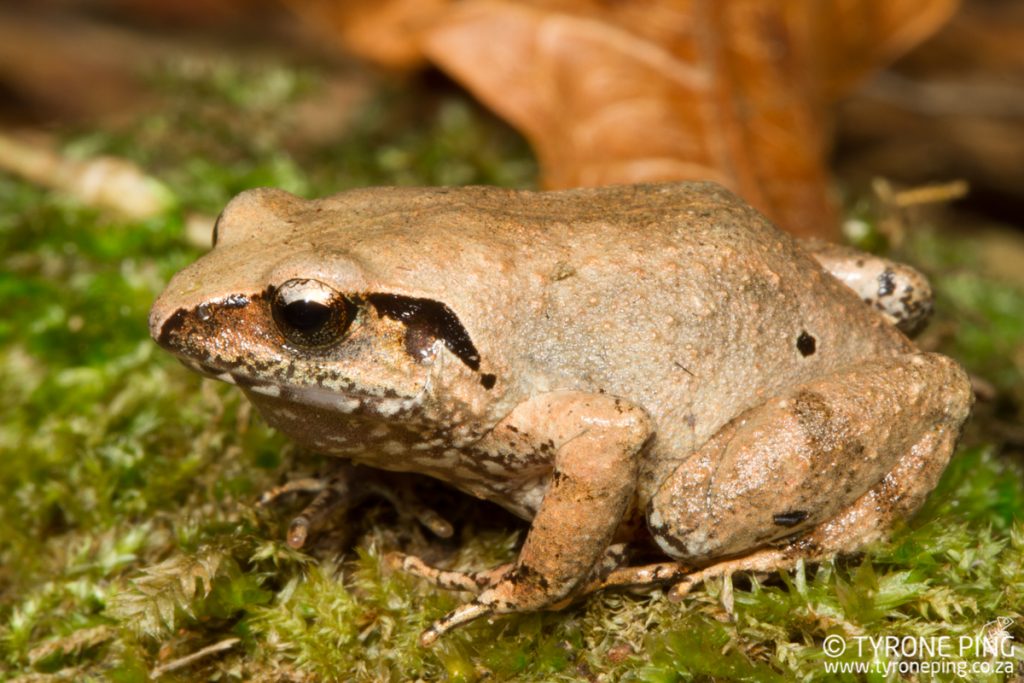

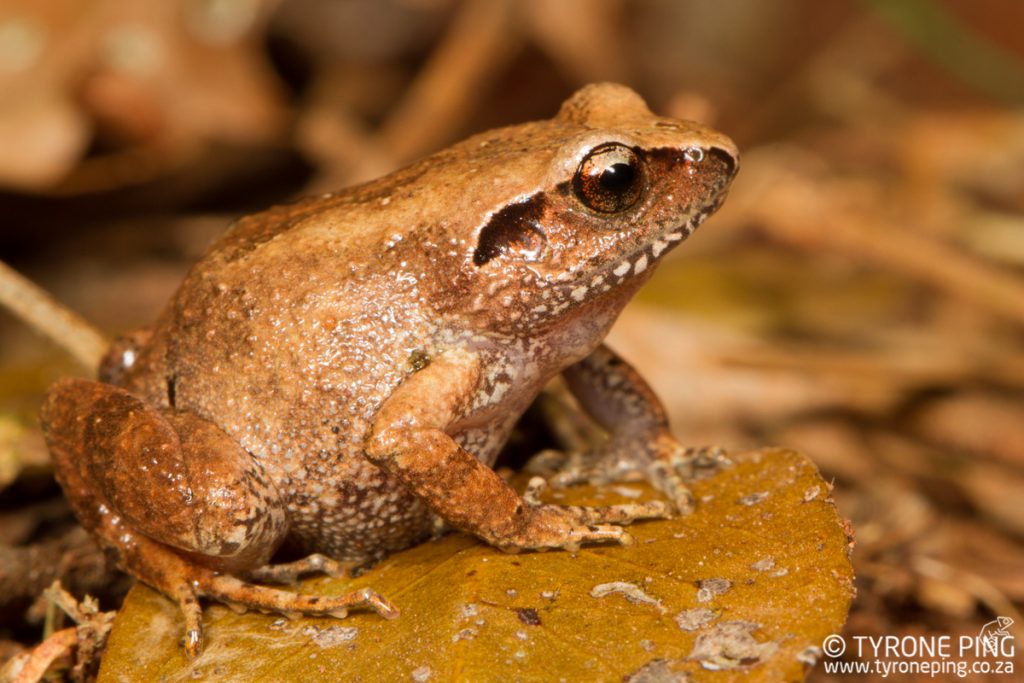
Some Arthroleptis wahlbergii – Bush Squeaker. dorsal shots:


Where you’ll find an abundance of frogs you’ll find these:Crotaphopeltis hotamboeia – Herald Snake.busy shedding.

Crotaphopeltis hotamboeia – Herald Snake.
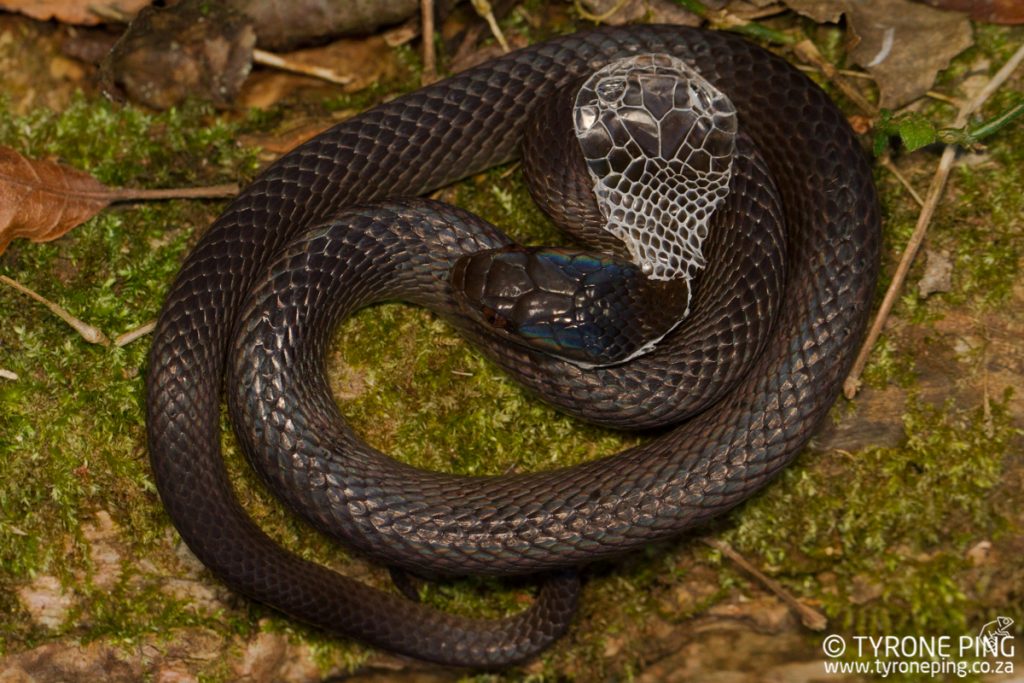
Still no Leptotyphlops sylvicolus – Southern Forest Thread Snake.but a few of the Afroedura pondolia – Pondo Flat Gecko. made up for it (slightly)


But first so much needed tea time.
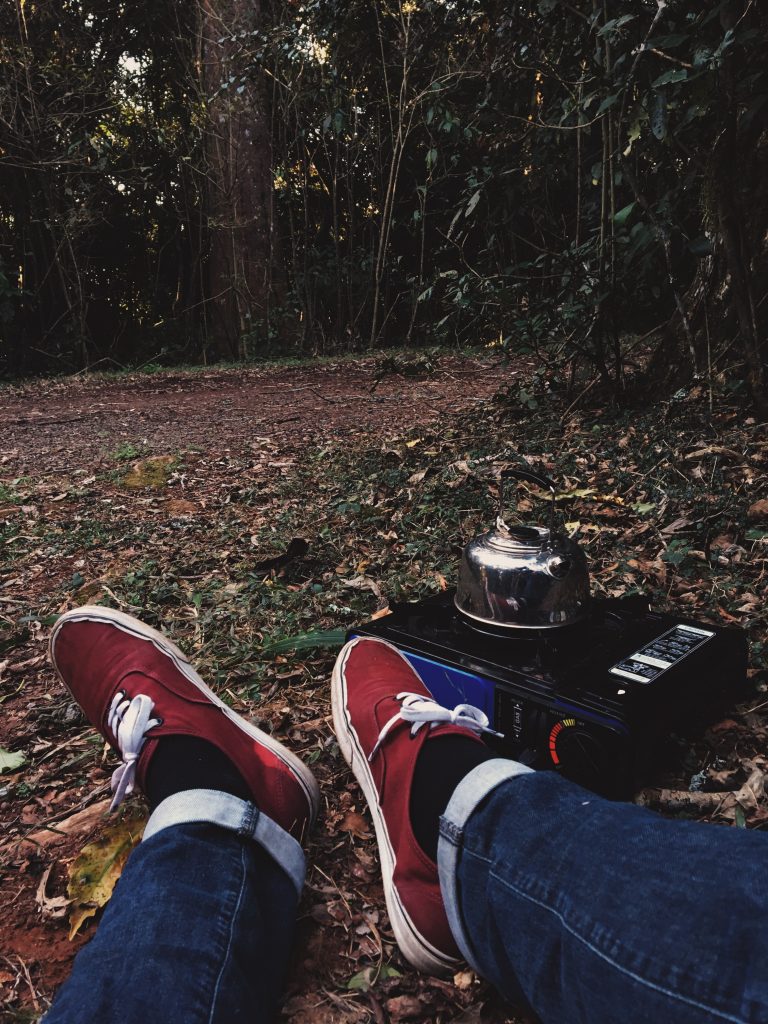
Tea in the forest.
A HUGE animal for me that I’ve been waiting to see for years, and end my quest to see ALL of the chameleons in Southern Africa.
Bradypodion nemorale – Qudeni Dwarf Chameleon (unfortunately no pictures…yet)
Crotaphopeltis hotamboeia – Herald Snake.
We back tracked slightly heading 60kms south determined to find at least a handful of samples of these damned Forest thread Snakes.
We had a quiet start at the new location finding a few frogs.
Schismaderma carens – Red Toad.
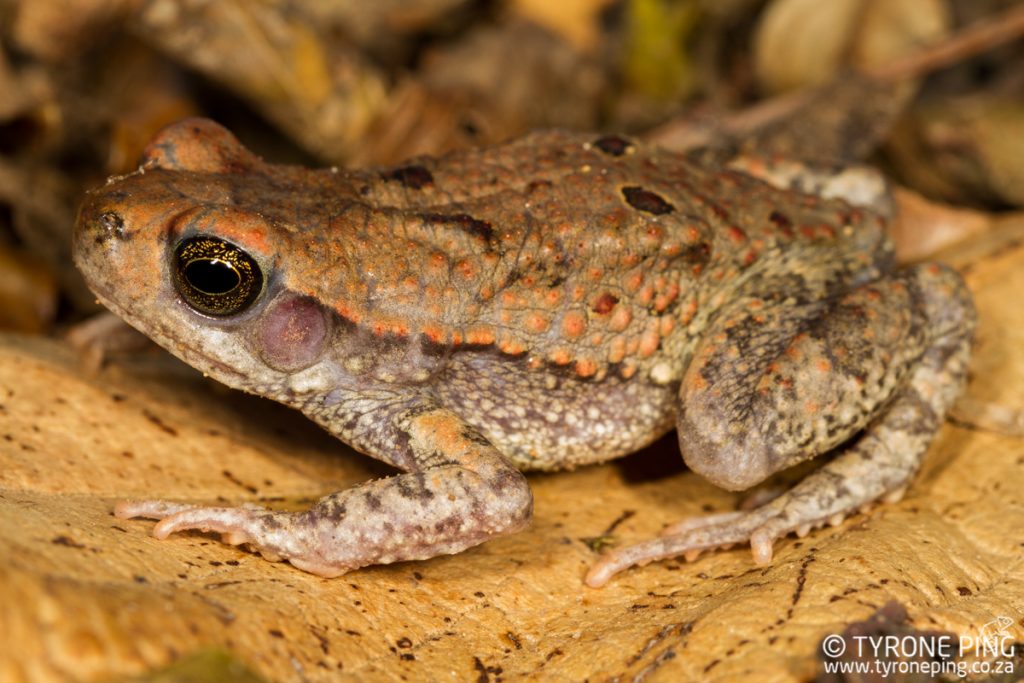
Phrynobatrachus mababiensis – Dwarf Puddle Frog
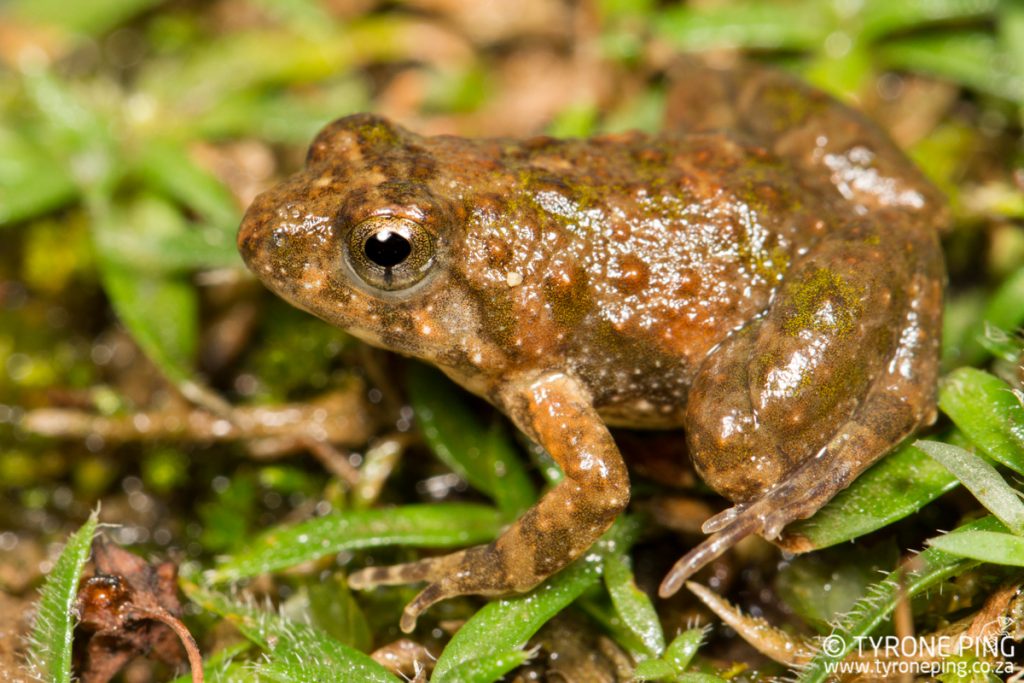
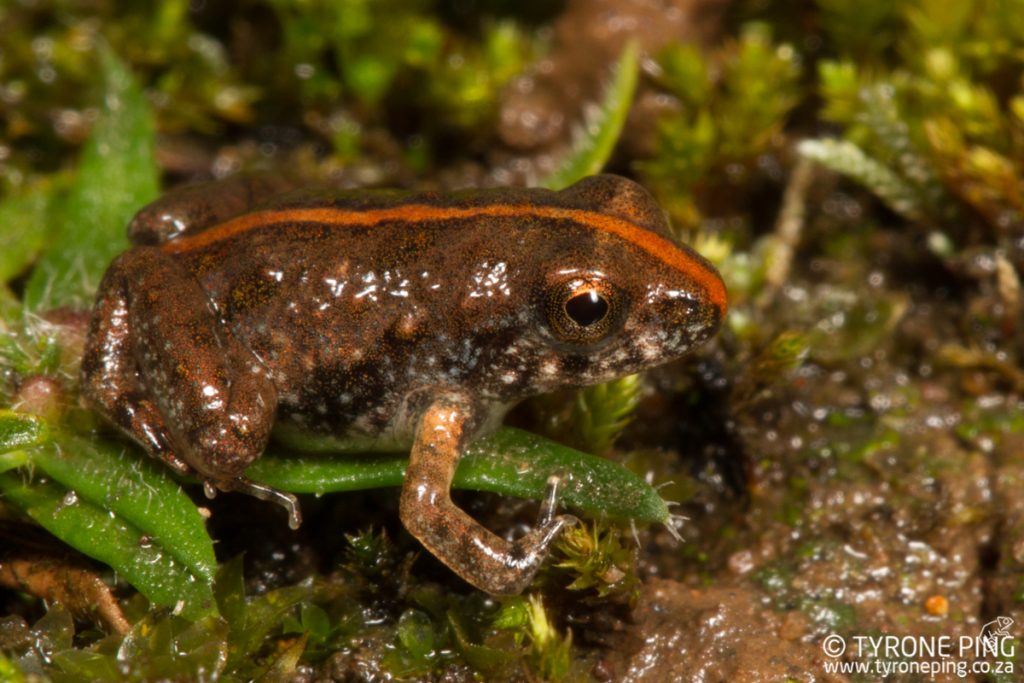
Cacosternum nanum – Bronze Caco.

Kassina senegalensis – Bubbling kassina.
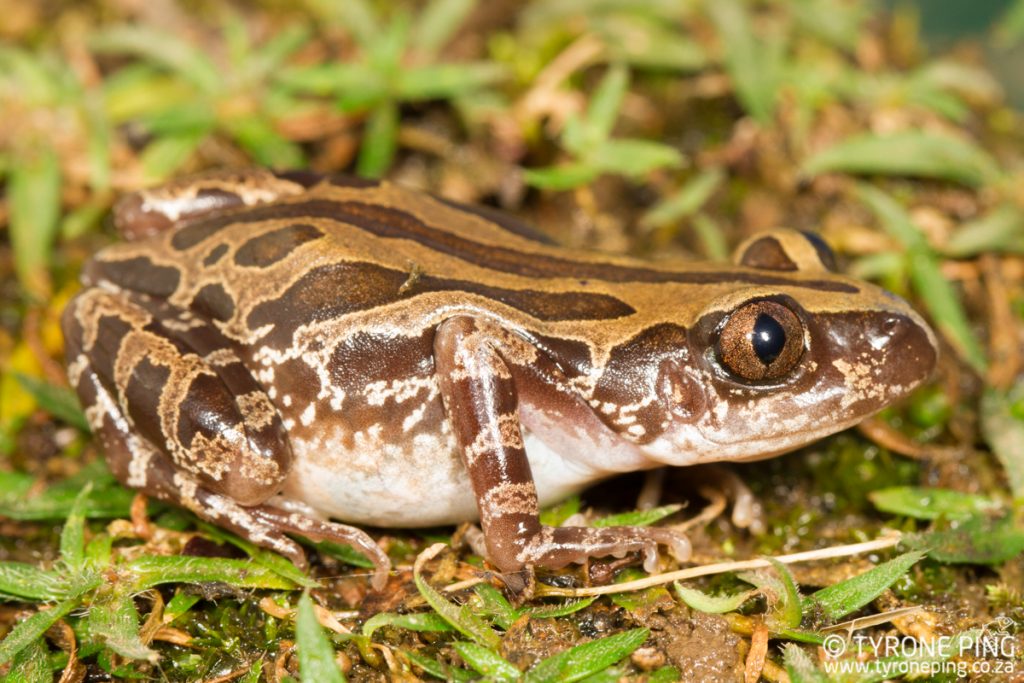

This got me all sorts of excited thinking it was one of our Forest thread Snakes…
Scelotes mossambicus – Mozambique Dwarf Burrowing Skink.

Similar looking to the Scelotes inornatus – Durban Dwarf Burrowing Skink. but here you can see the minute remnants of hind limbs on Scelotes mossambicus – Mozambique Dwarf Burrowing Skink.

Showing minute limbs
Agama aculeata distanti – Eastern Ground Agama
Harold Johnson Nature Reserve
Afroedura pondolia – Pondo Flat Geckos
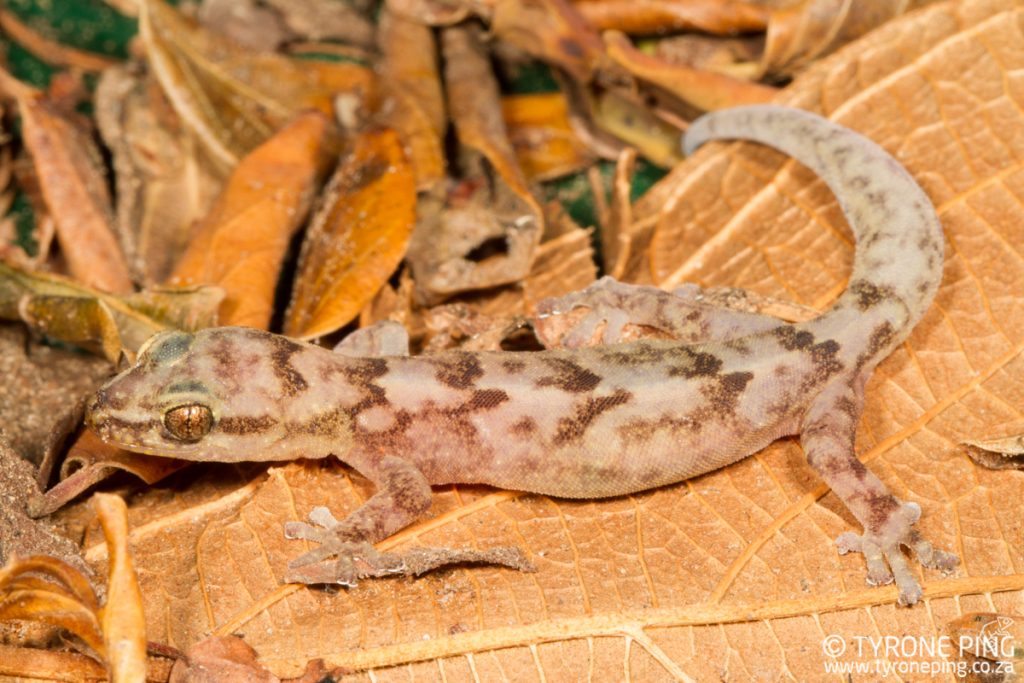

FINALLY we had success!
Leptotyphlops sylvicolus – Southern Forest Thread Snake.
Leptotyphlops sylvicolus – Southern Forest Thread Snake.
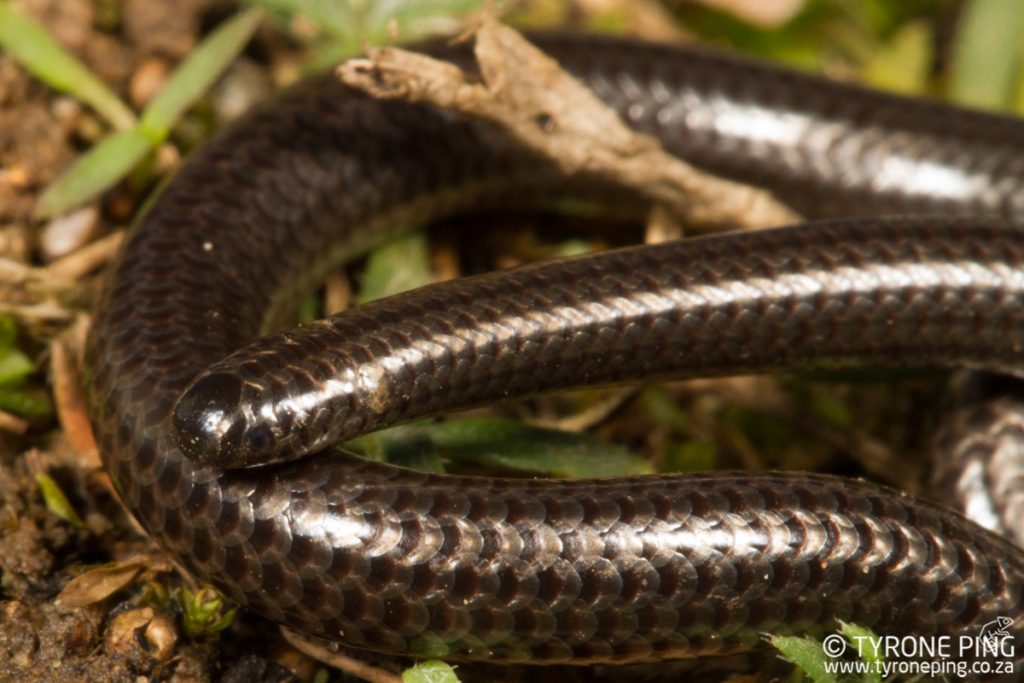
Processing samples:

Thanks for looking!
For Size comparison Bradypodion caeruleogula – uMlalazi Dwarf Chameleon.

uMlalazi Dwarf Chameleon. From eShowe, Kwa-Zulu Natal. Photo Theo Busschau
Thanks for looking!
–
Tyrone
